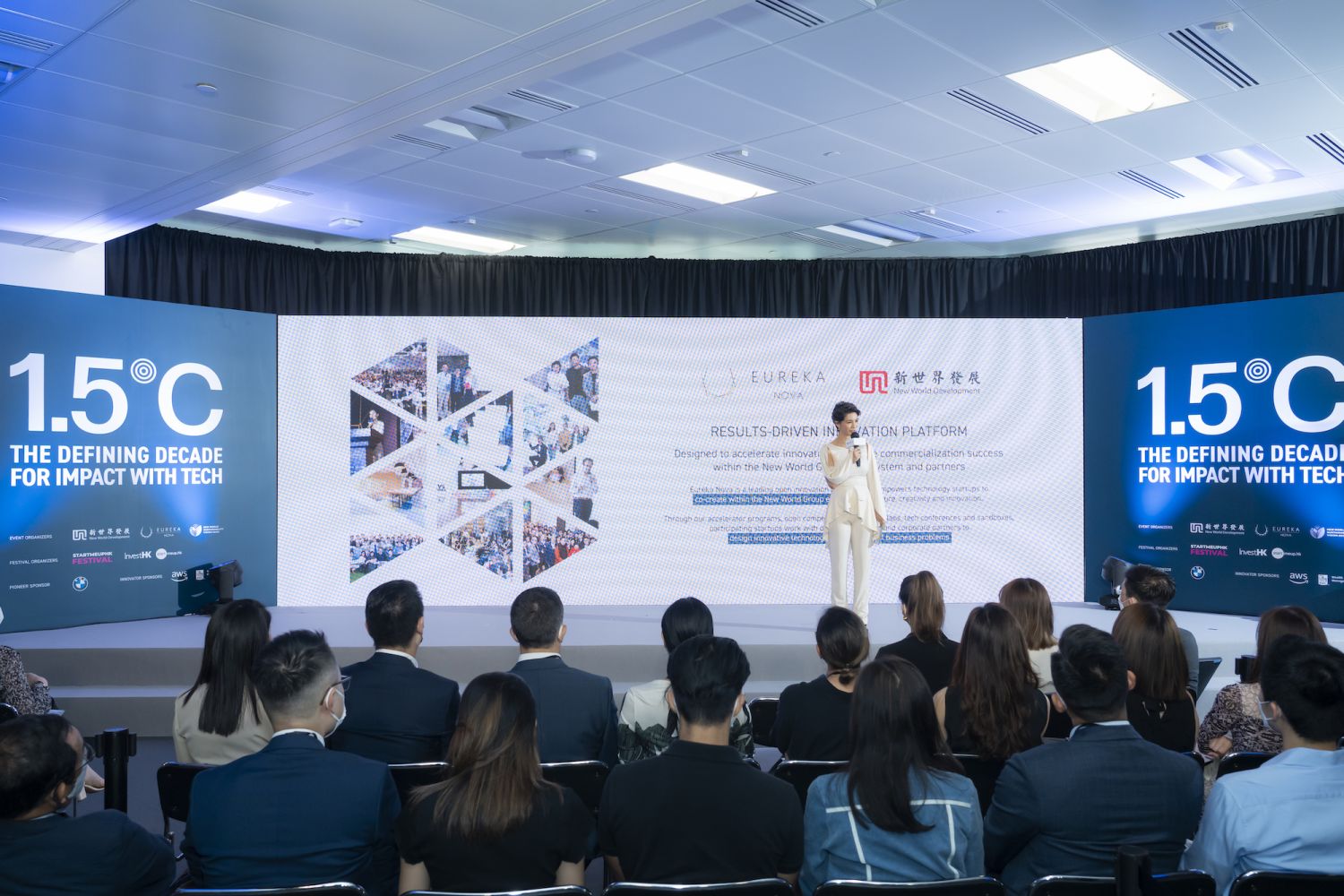Gen.T moderated a panel discussion on sustainability in the Web3 era, the crucial role of data and if a net-zero internet future is possible
The topic of sustainability is never an easy one to tackle. Quite often, it serves as an afterthought for corporations as they bite down on profit-expanding business models. For those at home, it’s rare to see first-hand how our small collective efforts add up to saving the planet too.
As the world explores and builds further into the Web3 realm, there is new hope. Still, there is also a growing urgency to address the environmental impacts of the improved version of the internet and all that it encompasses.
Last month, Gen.T’s Lee Williamson moderated a panel featuring three experts and entrepreneurs who operate within the Web3 sustainability space at the 1.5℃ Summit. Alongside him (virtually) were professor Davis Bookhart from The Hong Kong University of Science and Technology, Chris Georgon, the founder and managing director of Houston-based ESG tech company Topl, and Kenta Sato, a solutions architect at Amazon Web Services.
In an engaging 30-minute session, they covered a spectrum of hard truths regarding the rise of Web3, the steps to leverage blockchain technology for corporations to stay accountable in their sustainability efforts, and the ways in which we can incorporate conscious consumption into our everyday lives.
Read more: What Exactly Is Web3 And Why Should We Care?

Web3 is still in its infancy and we can still not comprehend its full capacities. But its blockchain-based developments remain exciting as it seeks to eliminate third-party integrations, minimise unnecessary costs and decentralise ownership.
Yet with these primary goals, one thing remains true to measure its environmental impact: foundations need to be set to identify and build digital infrastructure to tackle its carbon output. “The rosier picture for blockchain is still in the future,” explained Georgon. “With major blockchain systems still running on proof-of-work [consensus model] and consuming massive amounts of energy, research is still underway on keeping the advantages of blockchain technology while doing away with the excessive carbon footprint.”
So how can innovation alleviate massive amounts of energy consumption? According to Sato, technology can “measure where businesses’ carbon emissions are produced at its peak and target the hot spots from there. [With] the data collected, we can use analytics tools to optimise operations through artificial intelligence.”
Sato also highlighted that in a 2021 report by 451 Research, computing in the cloud is five times more energy efficient than on-premise data centres in Asia-Pacific. By shifting computer workloads as such, companies can reduce their carbon footprint by more than 78 percent.
Read more: “NFTs Can Help Us Save The World”: Carbonbase’s Max Song On NFTs For Good

